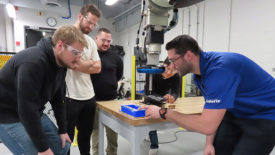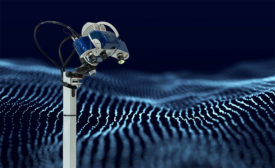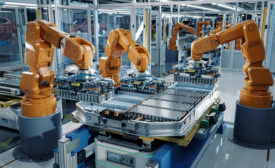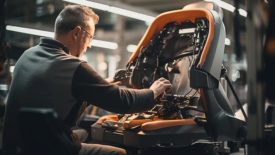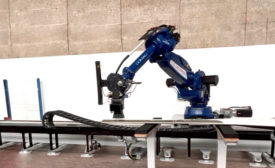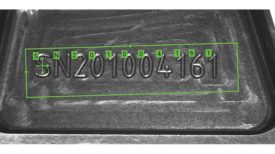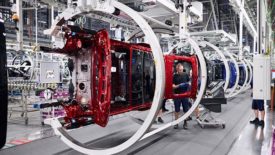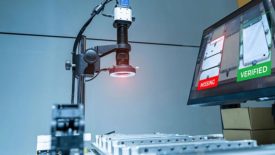Home » Keywords: » vision systems
Items Tagged with 'vision systems'
ARTICLES
Aerospace Manufacturing
Smart Robot Automates Inspection of Helicopter Blades
New technology is more accurate and less labor-intensive than manual inspection.
April 2, 2024
EVENTS
Webinar Webinar
1/24/24 to 1/24/25
Contact: Meg K.
Elevating Robotics in Modern Manufacturing With AI Vision Systems
Never miss the latest news and trends driving the manufacturing industry
Stay in the know on the latest assembly trends.
JOIN TODAY!Copyright ©2024. All Rights Reserved BNP Media.
Design, CMS, Hosting & Web Development :: ePublishing



